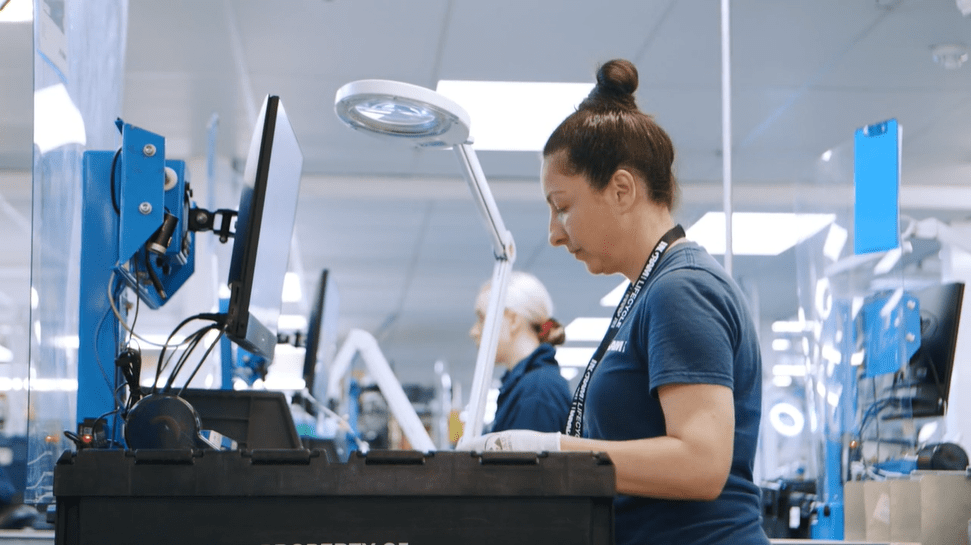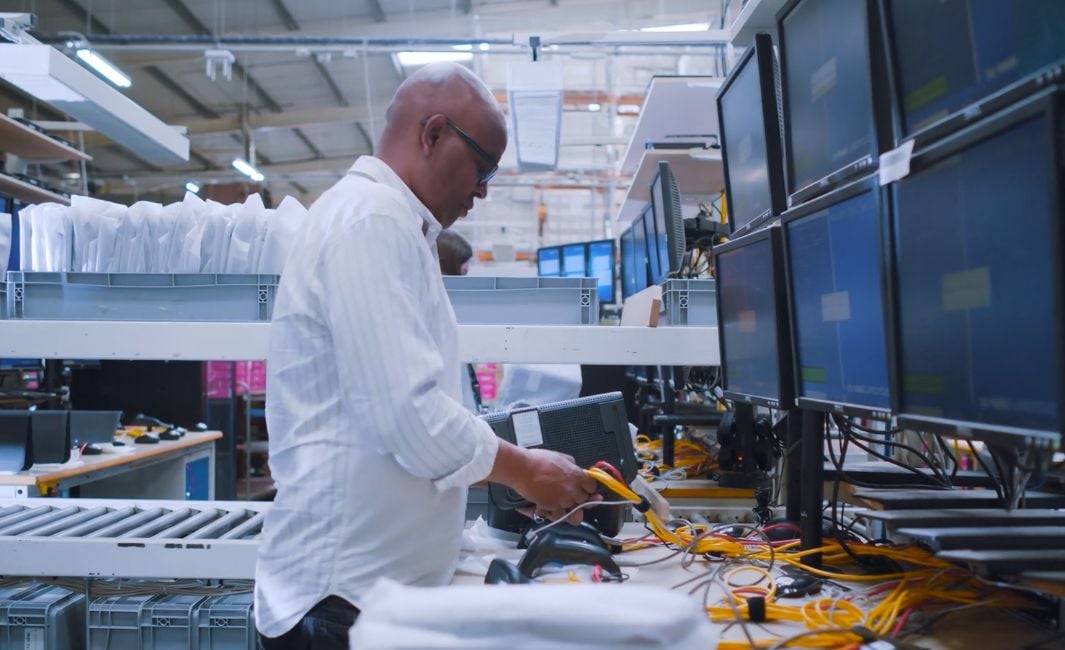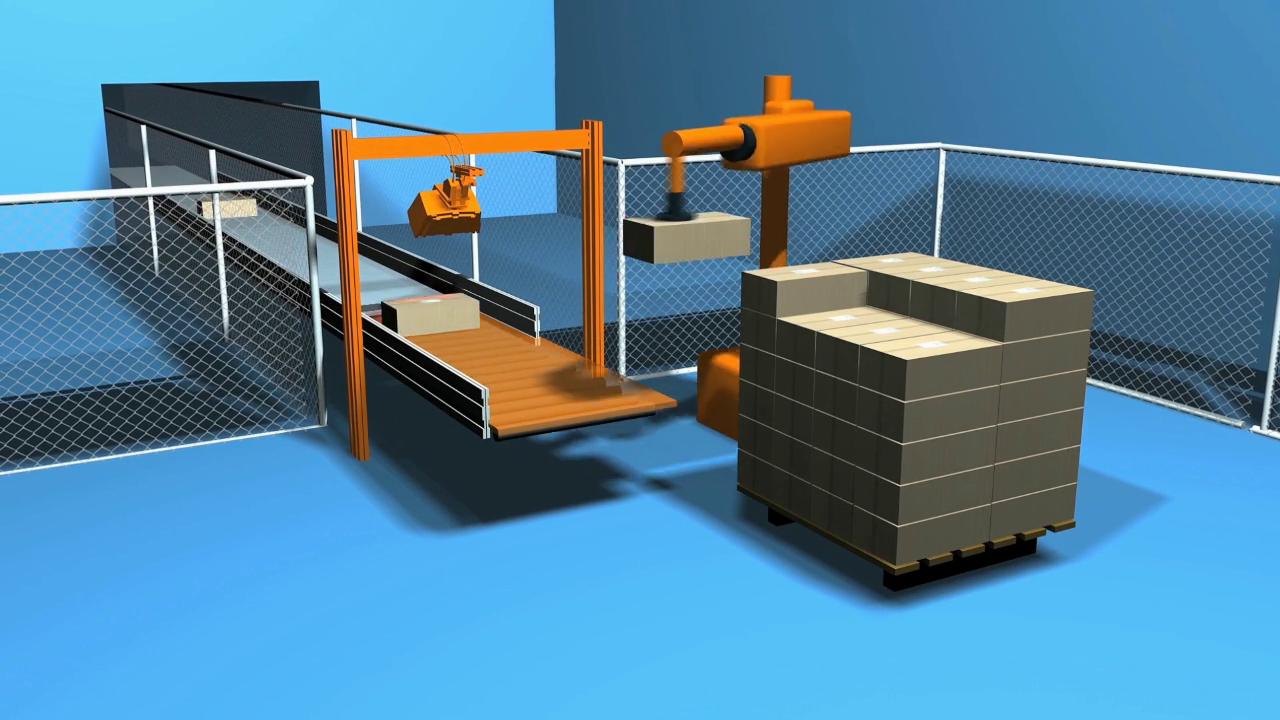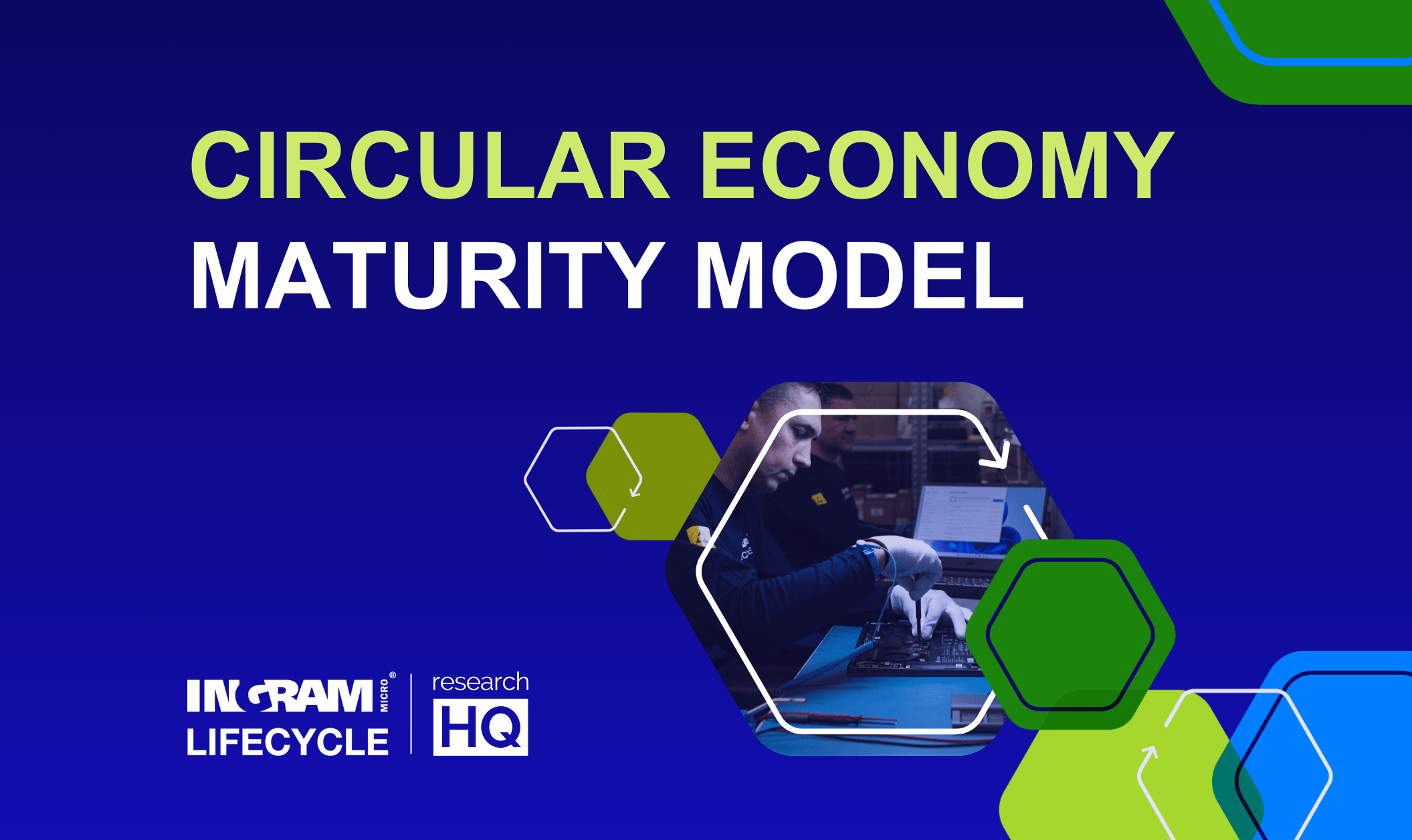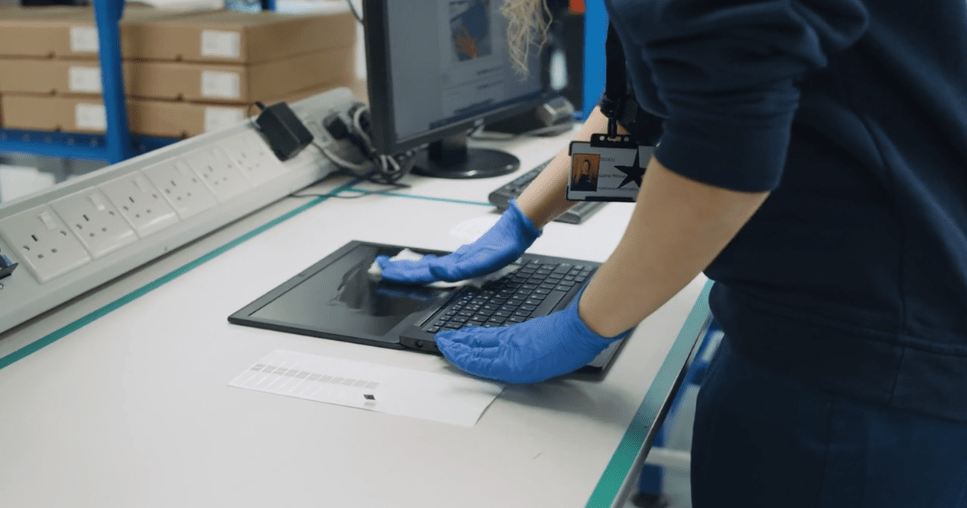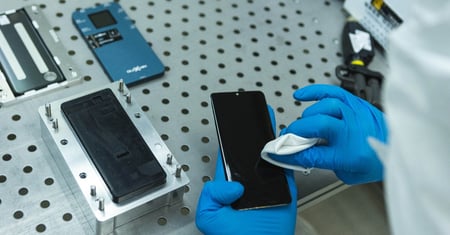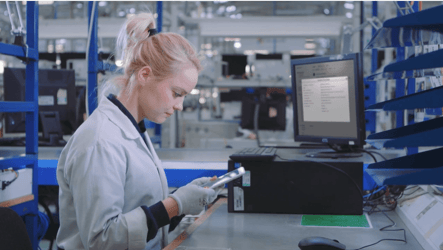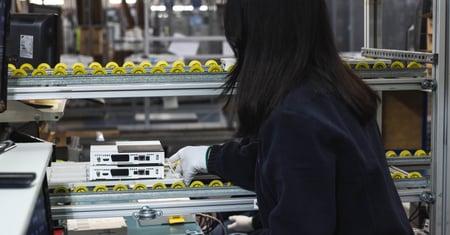The circular economy is revolutionising industries by redefining how products are designed, used, and managed throughout their lifecycle. In the laptop market—characterised by rapid technological advancements and short product lifecycles—shifting from the traditional "take, make, dispose" model to a circular one is becoming an urgent priority. This transformation not only helps to minimise environmental impact but also unlocks significant economic opportunities, as businesses that embrace circular principles can reduce costs, extend product lifecycles, and meet growing consumer demand for sustainable solutions.
The Importance of Circular Economy Maturity in the Laptop Industry
As sustainability becomes a key competitive factor, measuring an organisation's maturity in adopting circular economy principles is essential. The Circular Economy Maturity Model (CEMM), developed by Ingram Micro Lifecycle and Research HQ, provides a structured framework for companies to assess and improve their progress in circularity. The CEMM focuses on five pillars: Strategy & Governance, Resource Efficiency, Product Lifecycle Management, Stakeholder Collaboration, and Measurement & Reporting.
In an industry facing growing challenges related to resource use and electronic waste, assessing maturity across these pillars helps companies stay competitive while reducing their environmental footprints.
The Role of the 3 R’s in Circular Economy Maturity: Returns, Recovery, and Recommerce
At the heart of the CEMM are the 3 R’s—Returns, Recovery, and Recommerce—which form the backbone of creating a sustainable laptop lifecycle. Mastering the 3 R’s allows companies to progress through the CEMM, improving both their sustainability and economic resilience:
- Returns: Companies must establish systems to manage laptop returns, whether through trade-in programmes or warranty claims. Efficient returns processes help maximise laptops' lifecycles by enabling the refurbishment or recycling of devices that would otherwise contribute to e-waste.
- Recovery: This involves refurbishing viable returned laptops and salvaging valuable materials like lithium, cobalt, and rare earth metals from non-repairable devices. Extending the lifespan of laptops or recovering components significantly reduces waste and saves costs.
- Recommerce: Once refurbished, laptops are reintroduced to the market through recommerce channels.
Reselling refurbished laptops meets growing consumer demand for affordable and sustainable alternatives while generating additional revenue streams for businesses.
Maturity Levels: Progressing Towards Circularity in Laptops
The CEMM outlines five maturity levels that enable companies to understand where they stand and how to advance towards optimised circular practices. Below are the maturity levels, with real-world examples illustrating each stage of progression:
1. Provisional
Returns: Limited or absent returns processes.
Recovery: Minimal refurbishment, with little focus on recovering valuable materials.
Recommerce: Few structured efforts to resell refurbished laptops.
Example: A small laptop manufacturer with no structured returns or refurbishment processes, resulting in high levels of e-waste.
2. Reactive
Returns: Basic returns processes, often driven by external demands like regulations.
Recovery: Refurbishment efforts begin, typically limited to warranty repairs.
Recommerce: Early buy-back programmes are tested but need to be more structured.
Example: A mid-tier manufacturer introducing a trade-in programme to comply with new e-waste regulations.
3. Structured
Returns: Formal returns systems enable systematic collection of used laptops.
Recovery: Companies begin implementing repair and refurbishment at scale.
Recommerce: Established channels for reselling refurbished laptops are created.
Example: Dell has implemented large-scale refurbishment programmes to ensure systematic recovery and recommerce.
4. Integrated
Returns: Fully integrated returns systems, often optimised by AI and data analytics.
Recovery: Automation and advanced tools increase efficiency in refurbishment and material extraction.
Recommerce: Recommerce becomes a central business strategy, with structured partnerships for broader distribution.
Example: HP leverages AI to forecast returns, optimising the efficiency of refurbishment and resale channels.
5. Optimised
Returns: Predictive analytics streamline the returns process, ensuring a steady recovery of used laptops.
Recovery: Advanced recovery processes maximise refurbishment and material reclamation.
Recommerce: Mature recommerce channels generate significant revenue, with predictive tools managing inventory and demand.
Example: Apple uses predictive tools to manage returns and recovery, creating a highly optimised recommerce business.
Measuring Success in Circular Economy Efforts for Laptops
Companies can track several critical metrics to measure the success of circular economy practices. These metrics not only ensure environmental goals are met but also demonstrate the economic viability of circular practices:
Recovery Rates: The percentage of devices collected through returns programmes. Higher recovery rates enable companies to reclaim valuable materials like lithium and rare earth metals.
Refurbishment Efficiency: Measures how efficiently laptops are refurbished, including diagnostics, repairs, and material replacements. Companies can also track cost savings per device to evaluate refurbishment processes.
Recommerce Revenue: Monitoring revenue from selling refurbished laptops provides insights into consumer preferences and the profitability of recommerce channels.
Other relevant metrics
Life Cycle Assessments (LCA): Evaluate the environmental impact of laptops, from raw material extraction to disposal.
Material Flow Analysis (MFA): Tracks material recovery opportunities to optimise processes.
Customer Feedback: Measures durability and satisfaction with refurbished laptops, informing future improvements.
Using tools like IoT-enabled inventory systems or data analytics platforms, companies can automate tracking and management of these metrics, creating a data-driven approach to circularity.
Opportunities and Challenges in the Laptop Market
The laptop market presents significant opportunities for companies adopting circular economy practices. The global refurbished laptop market was valued at £7.24 billion in 2023 and is projected to grow at an annual rate of 7%, reaching £10.5 billion by 2028. This growth reflects increased demand for affordable and sustainable devices. Additionally, billions could be saved by recovering valuable materials like cobalt and lithium from e-waste.
However, the industry also faces challenges. Short product lifecycles and the complexity of material composition make it difficult to implement effective recovery and refurbishment systems. Consumer expectations for frequent upgrades often conflict with sustainability goals, adding to this tension.
Emerging technologies like AI and blockchain may mitigate these challenges by improving recovery processes, streamlining refurbishment, and enhancing transparency across the supply chain.
The Urgency of Circular Economy Practices in Laptops
With e-waste reaching over 50 million tons globally, adopting circular economy practices in the laptop sector has never been more urgent. By embracing the 3 R’s—Returns, Recovery, and Recommerce—, companies can reduce their environmental impact, extend product lifecycles, and unlock new revenue streams.
The Circular Economy Maturity Model (CEMM) offers companies a clear roadmap for advancing their sustainability initiatives. By progressing through the CEMM's maturity levels and integrating circular principles into core business strategies, companies can meet rising consumer demand for sustainable products and ensure long-term growth and environmental responsibility.
Your Time to Act
For companies in the laptop industry, now is the time to act. Start by evaluating your organisation’s circular economy maturity using the CEMM framework and begin implementing the 3 R’s. Adopting circular economy practices will be key to staying competitive in a rapidly changing marketplace, whether you're just starting or looking to optimise existing processes.
Citations



